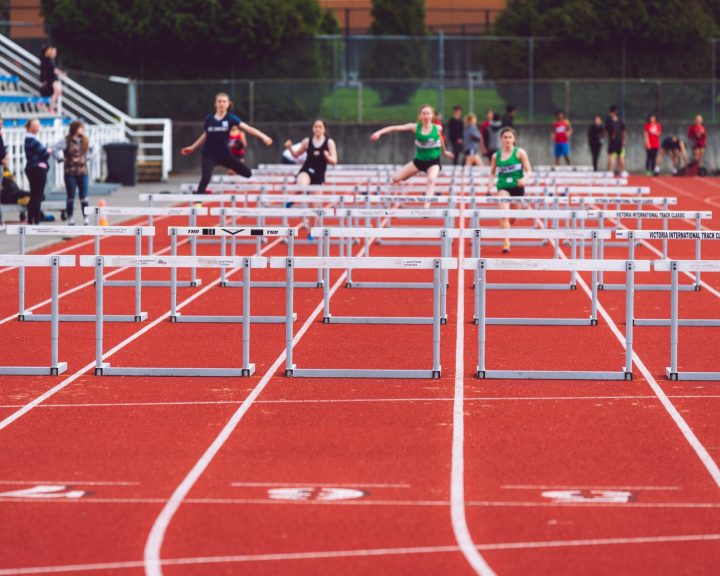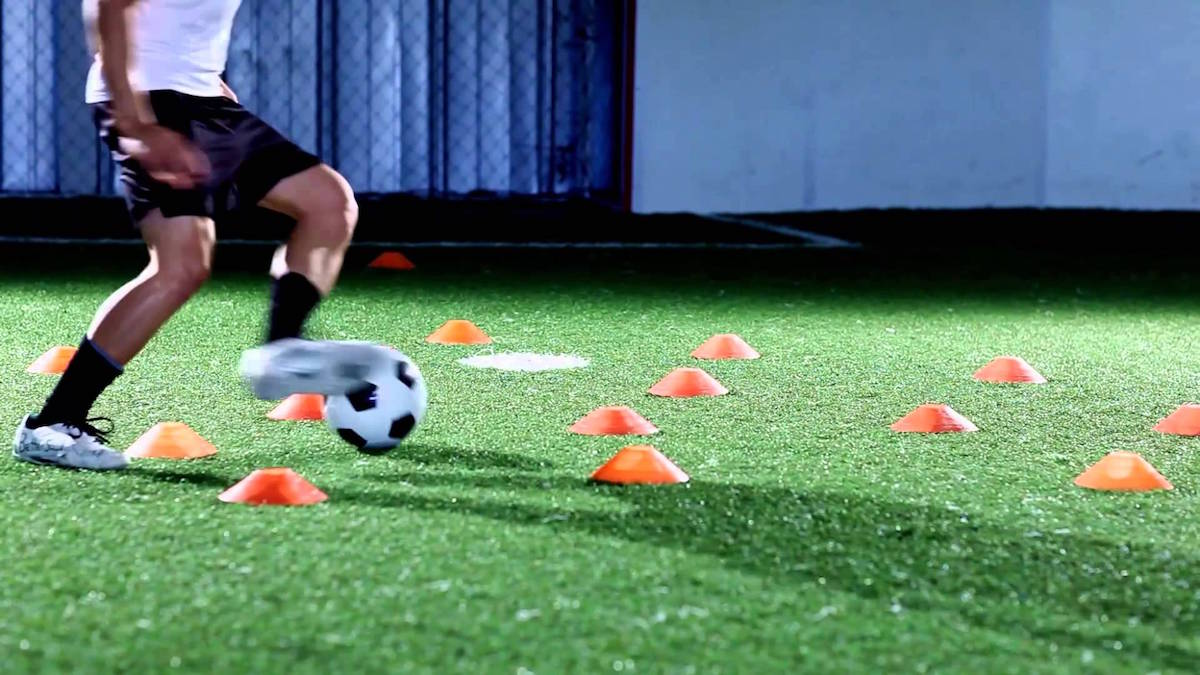The 100 meter sprint is a fascinating event to prepare athletes for and it is probably the most extensively studied sprint. It’s a pure speed event, has very distinct phases, and small changes in preparation can have a major impact on performance. One of the phases in the event that’s thought to have an impact is the sprinter’s ability to react to the starting command. Theoretically a sprinter that can react faster (or do a better job anticipating) can start sooner and get an edge on the rest of the competition. Tonnessen et al in the April issue of the Journal of Strength and Conditioning Research examined the 100 meter sprints in the IAAF world championships from 2003-2009 for both youths and seniors to investigate the impact that reaction time has on performance. This involved studying a little over 1300 sprinters aged 16-47 in over 1700 sprints.
Results:
The results of this study show that reaction time had an impact on performance in the 100 meter sprint.
• The statistics estimate that it accounted for up to 8.5% of the variance in performance for men and almost 11% for women.
• Those sprinters that made it further in the world championships (i.e. first round vs. second round vs. semifinalists vs. finalists) had a shorter reaction time. Those sprinters in the second round had a reaction time almost 4% faster than the first round, the semifinalists were almost 5% faster than the first round, and the finalists were almost 12% faster than the first round.
• 100 meter performance (and reaction time) peaked for male sprinters around the ages 26-29. For females, both continued improving across all age categories studied (the last age division studied was 30+).
This is a fascinating study. First, it’s a huge sample size for something like this, 1300 sprinters over 1700 sprints. This means that, unlike a study with ten or twenty individuals, if there is a relationship between reaction time and performance it can be teased out. Second, it’s a homogeneous population. These are all world class sprinters. This allows us to read the data and draw conclusions about performance and training for this group. Now, there’s a caution with this study. The authors don’t explain how they measure reaction time, so their interpretation might be different from other individuals.
The percentages don’t sound like much, 8.5% or 11%. However, in an event that lasts 10-12 seconds this can have a huge impact on performance. If reaction time is important, how can it be trained? It’s true that sprinters anticipate the start, but that can have bad consequences if they are wrong. Having them perform starts in training and providing feedback on their reaction time would be appropriate, but this would depend upon the level of ability of the athletes (i.e. if you are working with 100 high school kids, this probably isn’t a realistic training tool but if you work with four or five elite sprinters then this would be appropriate). In addition, mental imagery and reactive drills might help to develop this ability.
Tonnessen, E., Haugen, T., and Shalfawi, S.A.I. (2013). Reaction time aspects of elite sprinters in athletic world championships. Journal of strength and Conditioning Research, 27(4), 885-892.




